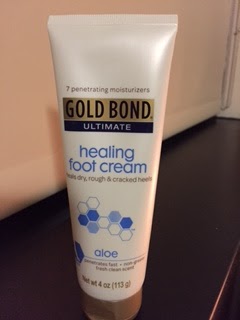Tonight our first group of students traveled to the weight room on the Skidmore College campus to do some strength training. Most dancers, especially females, are concerned that lifting weights will make you "bulky." Well, we can actually build lean muscles by using light weight (less than 10% of your body weight) and a high number of repetitions. For many of our students, I suggest about 5-8 lbs (depending upon your body weight) and about 20 reps per exercise -- this will help to build muscle endurance, not bulky, thick muscles.
Check out Hannah doing arm strengthening for her abductors:
Notice her stable base with her legs apart and a slight bend in the knee, as well as a "pulling up maneuver" about 2 inches (in and up) below her belly button, to keep her back safe and core engaged while lifting weight.
Check out Gianna in a squat on a balance board:
By doing the movement in an unstable environment like this, she is incorporating some serious core stability -- an added bonus!
Now... take a look at Sam taking both Hannah AND Gianna's exercises a step further by combining the squat prior to both arm and leg abduction:
We can target one specific muscle for strengthening, or partner multiple exercises to create something that works the total body, though we still want to support the spine and keep the core engaged at all times. Be creative and have fun!



